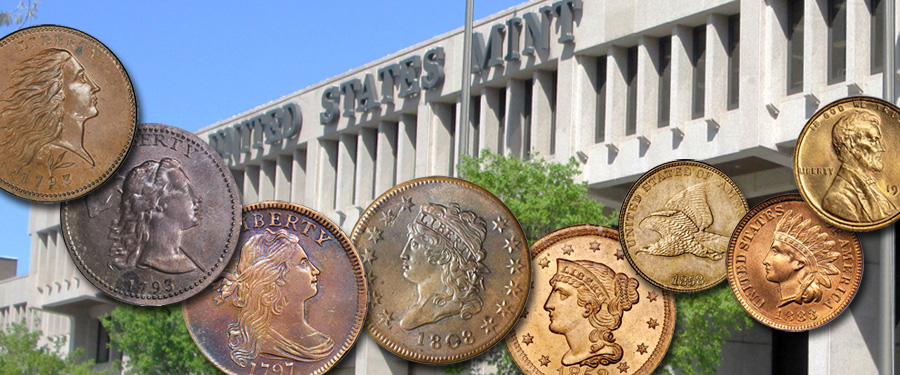
The United States Mint has announced that they are
considering stopping the issuance of cents, often called pennies, because of
the cost to make them. Since that announcement, the cost of copper has dropped
on the world metal markets and it led me to think that the one-cent piece will
continue its long career and people will go on getting the correct change when
they purchase goods and services.
If you write a check, or use a credit card, you can
be sure that the exact amount of your purchase will be charged. Yet, should you be like many who pay for small
purchases in cash, you will be either short changed or overcharged if no cents
are available or to be found in daily commerce.
This came to my attention this week, when I visited
my local post office, and was behind two
ladies, each with a different need for postage. The first lady wanted to
buy a stamp for a letter at a cost of 49 cents. She gave the postal clerk two
25-cent coins, and received a stamp and one cent in change. If the post office
did not have a single cent she would have had to pay one cent more than the
stamp cost. The other lady was sending a weighty package to Canada,
and the cost
was $41.23. She gave the clerk $45 and got back three $1 bills, three
25-cent pieces, and two one-cent pieces. She remarked to the clerk that
this was quite expensive, and the post office had not been able to give her the total
$3.77 in change, I am sure she would have complained as well.
The one-cent piece was among the first coins struck
by the U.S. Mint in 1793. Because of the need for small change in commerce, it
has continued to be struck in virtually every year since and has been an essential part of circulation in our daily
change. The critical nature of small change was obvious by mid 1793. Because
some things like bread sold at the rate of two loaves for one cent, if someone
wanted to buy just one loaf he needed a way to pay an amount that was less than
one cent. So the Mint struck half cent pieces to expedite daily
commerce. While the half cent was discontinued, the one-cent piece still plays a
major role in our commerce as it has for over two centuries. I believe it would be very
confusing if we did not have cents in circulation to satisfy the daily
needs of commerce.
More of my thoughts on cents in two weeks.





